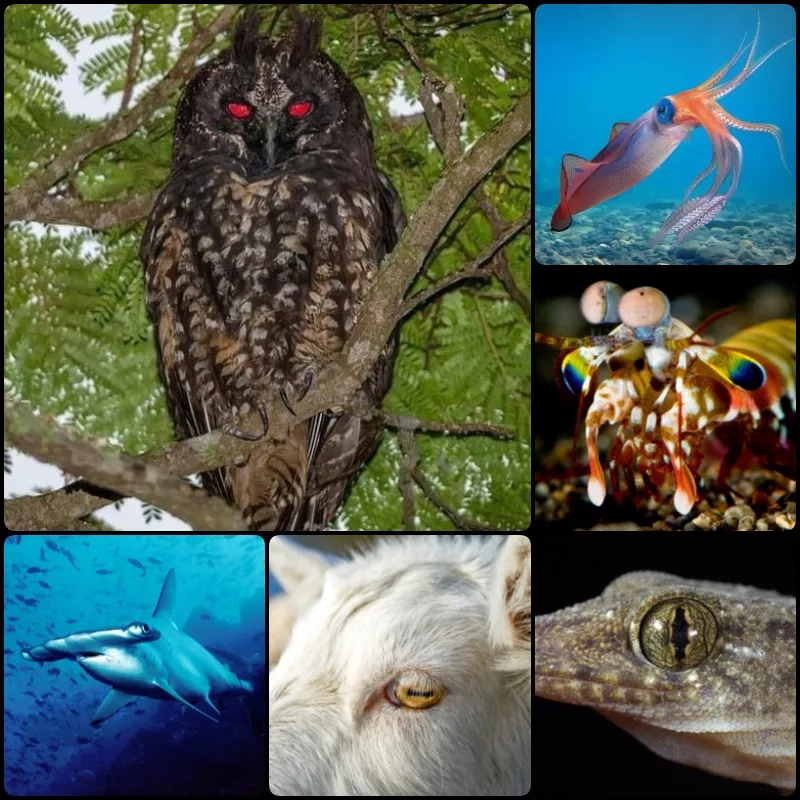
Top 10 Most Unique Animal Eyes in the World
Our eyes are crucial for gathering information, experiences, and memories. In the animal kingdom, some eyes are even more remarkable than ours. Here are the top 10 most fascinating and unique animal eyes:
10. Frogs
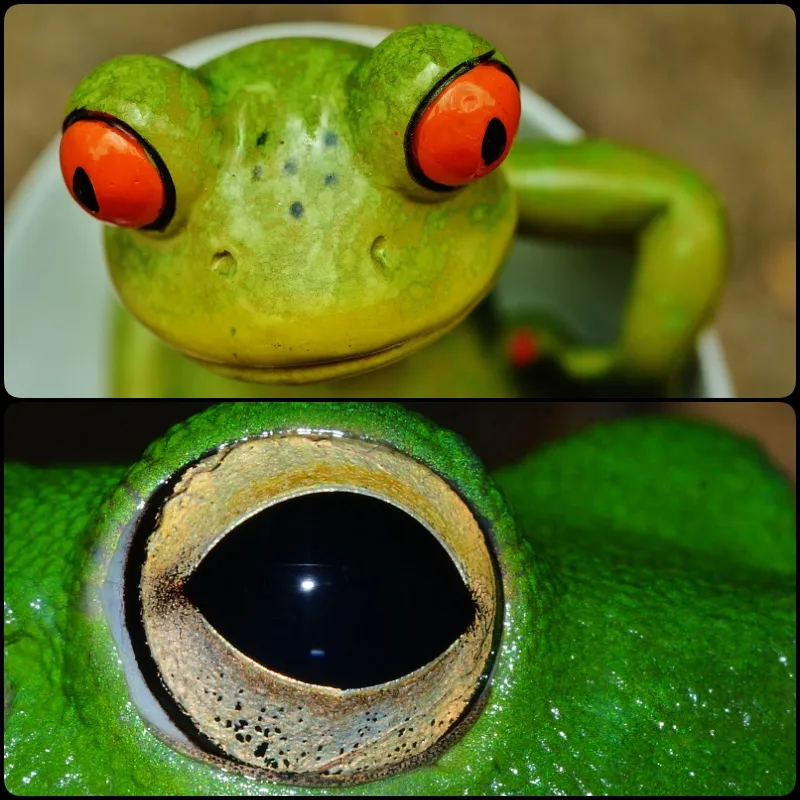
Frogs have particularly remarkable eyes in several ways. Being amphibians that spend a significant amount of time in water, they have three eyelids: two transparent and one semi-transparent. This semi-transparent membrane, called the nictitating membrane, can fully close to protect their eyes underwater. Frogs’ eyes are positioned on the top sides of their heads, giving them an almost 360-degree field of vision. They can even see what’s happening outside while submerged in water.
9. Tarsiers

Tarsiers are small primates found in Southeast Asian forests. Their most notable feature is their large eyes, which can be up to 1.6 cm in diameter. Relative to their body size, these are the largest eyes among all mammals. Unlike owls, tarsiers’ eyes are fixed in their sockets, but they can turn their heads 180 degrees to see around them. Tarsiers are nocturnal, so their large eyes and excellent hearing help them detect prey in low light conditions.
8. Hammerhead Sharks
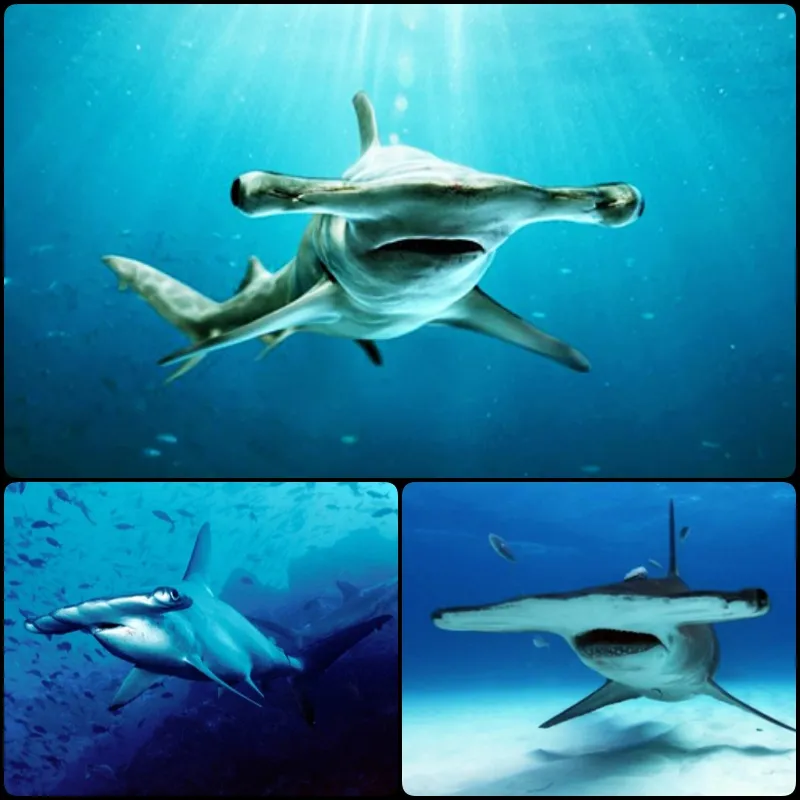
Hammerhead sharks have one of the most peculiar but fascinating heads in the animal kingdom, shaped like a flattened hammer with widely spaced eyes. Studies show that this unusual head shape serves a specific purpose, enhancing their vision compared to other sharks. Specifically, their widely spaced eyes provide them with excellent peripheral vision and depth perception.
7. Squid
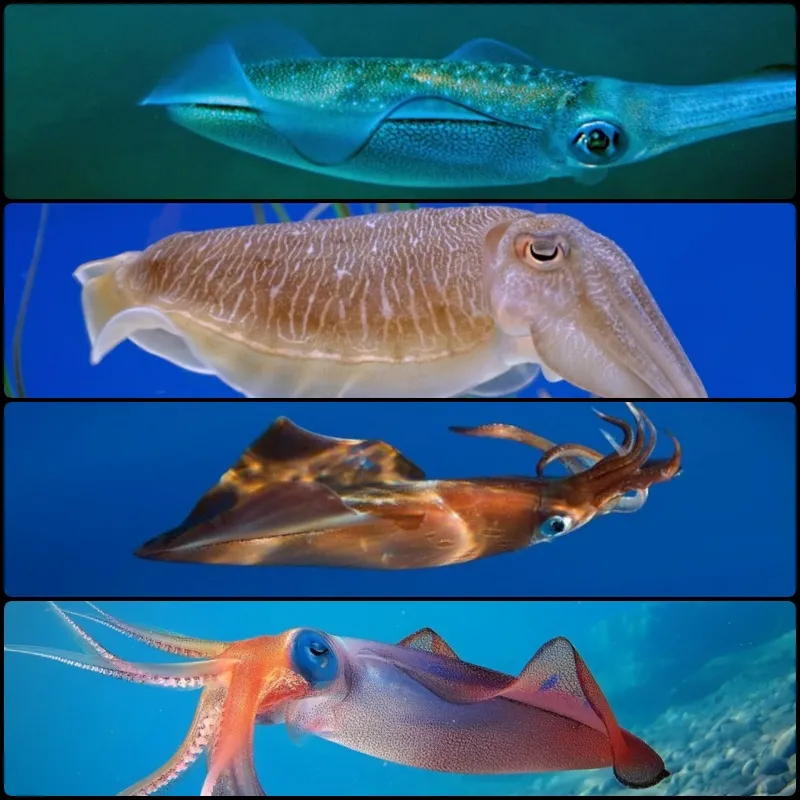
The giant squid is an intriguing marine creature capable of changing color almost instantly. This ability helps them blend into their surroundings and evade predators. Their remarkable vision is aided by a unique pupil shape that gives them a wider field of view and the ability to detect polarized light with incredible precision. This allows them to observe their environment in detail.
6. Goats
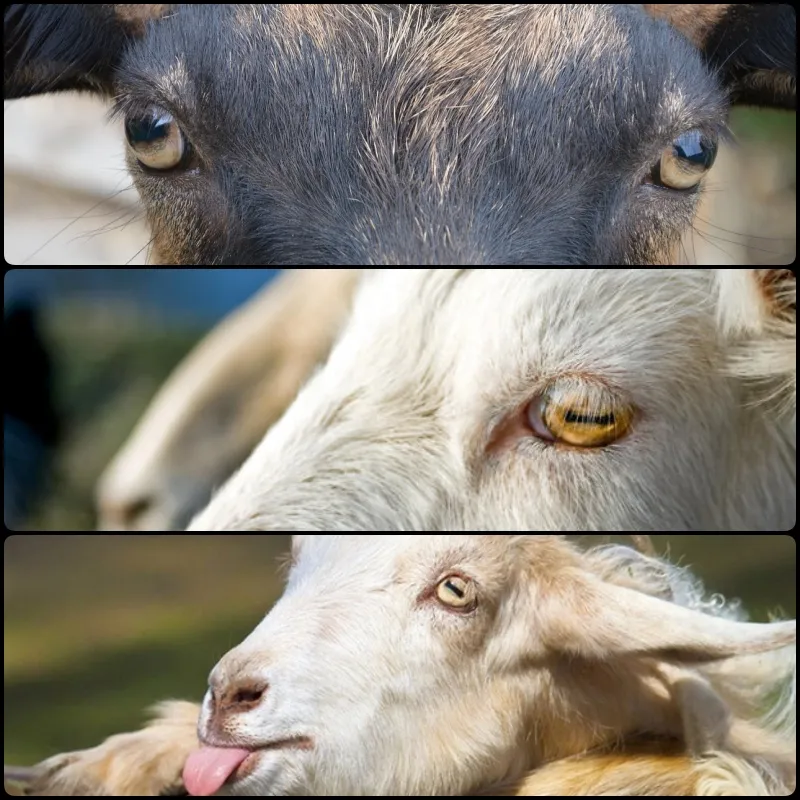
Goats have rectangular pupils, which may look unusual but offer them significant advantages. This pupil shape provides a panoramic view, helping them detect predators from afar while grazing. Their eyes can rotate to spot unusual movements on the pasture even as they feed, giving them ample time to escape from predators.
5. Geckos
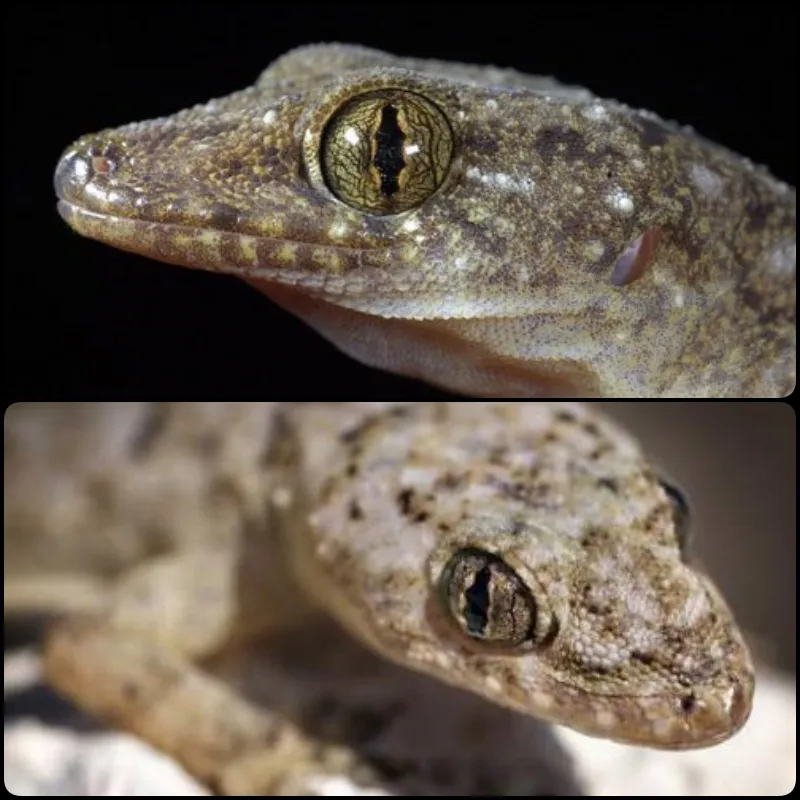
With around 1,500 species living in warm climates, geckos have adapted impressively to nocturnal life with their exceptional vision. Their eyes are 350 times more sensitive to light and color than human vision, allowing them to see clearly in low light. They can even perceive colors in dim conditions.
4. Dragonflies
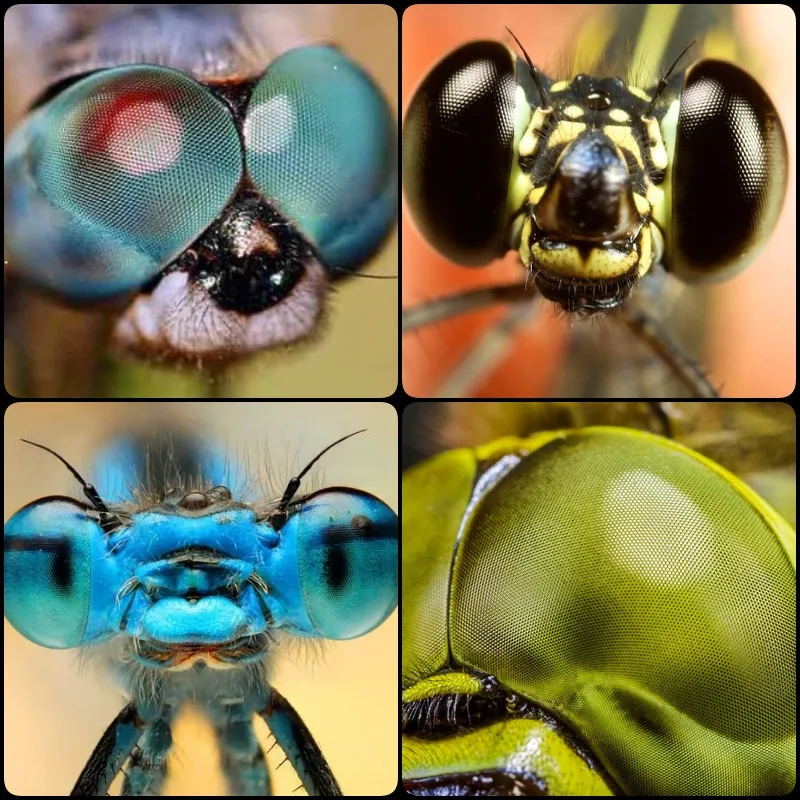
One of the most striking features of dragonflies is their stunning, multifaceted eyes. Each eye has up to 30,000 lenses arranged in different directions, providing them with almost 360-degree vision and the ability to detect even the slightest movements in their surroundings. Dragonflies can also see ultraviolet light and polarized light, which aids in their navigation.
3. Owls
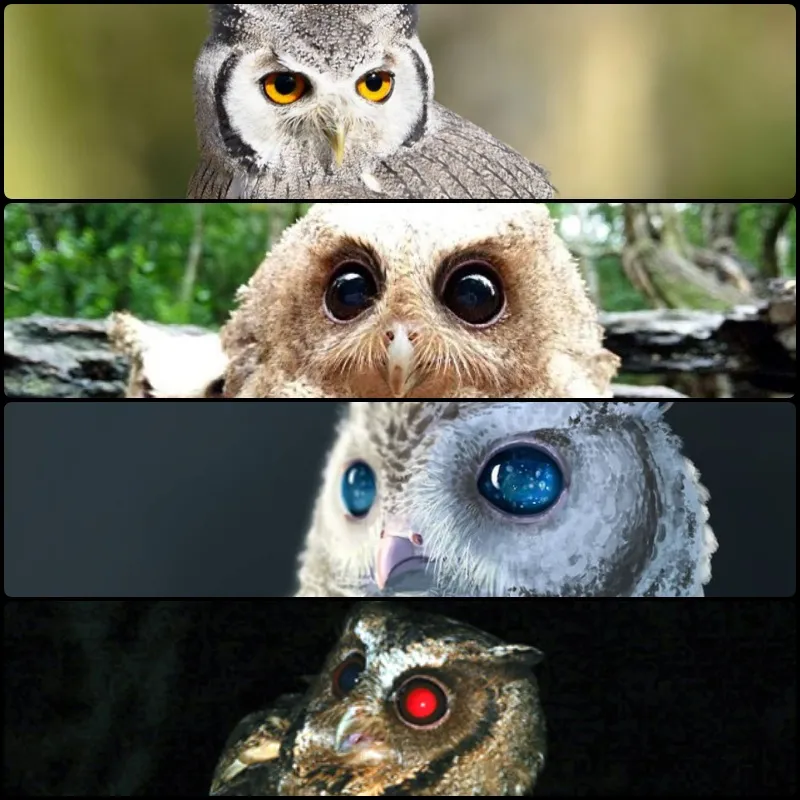
Owls have forward-facing eyes that provide significant advantages in depth perception and overall vision. Their eyes, shaped like tubes rather than spheres, cannot move within their sockets but can rotate their heads up to 270 degrees to gain a wider view. Owls also have excellent night vision due to their retina containing millions of light-sensitive rods.
2. Chameleons
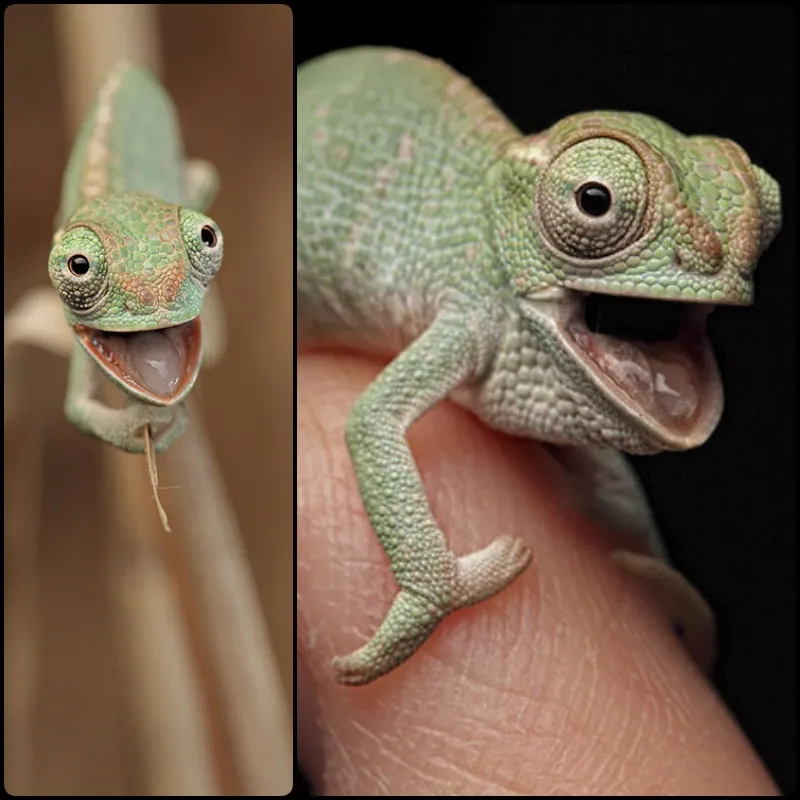
Chameleons are famous for their color-changing abilities, but their vision is equally impressive. They can move their eyes independently, allowing them to focus on two different objects simultaneously in different directions. This gives them a 360-degree field of view and the ability to track prey with remarkable speed.
1. Mantis Shrimp
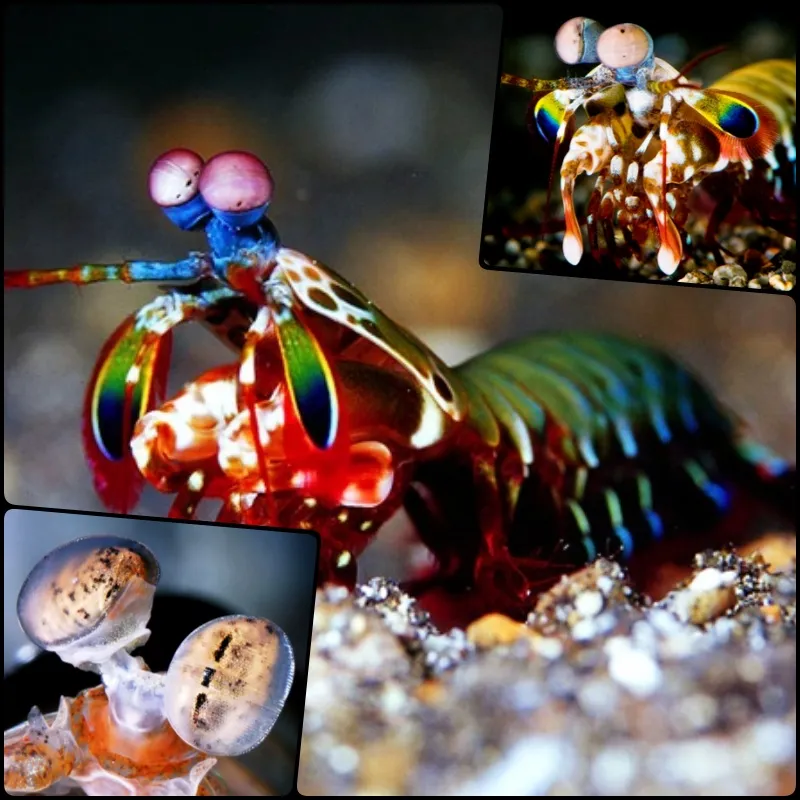
Mantis shrimp possess the best visual system in the animal kingdom. While humans have three color receptors, mantis shrimp have twelve, allowing them to see colors beyond human perception. Their beautiful eyes also function independently, swiveling in different directions simultaneously. Their eye rotation can reach up to 70 degrees, providing an exceptionally wide field of view. Additionally, mantis shrimp can detect infrared, ultraviolet, and polarized light.
These unique eyes showcase the incredible diversity and specialization of vision in the animal kingdom, reflecting the various adaptations creatures have made to thrive in their environments.






